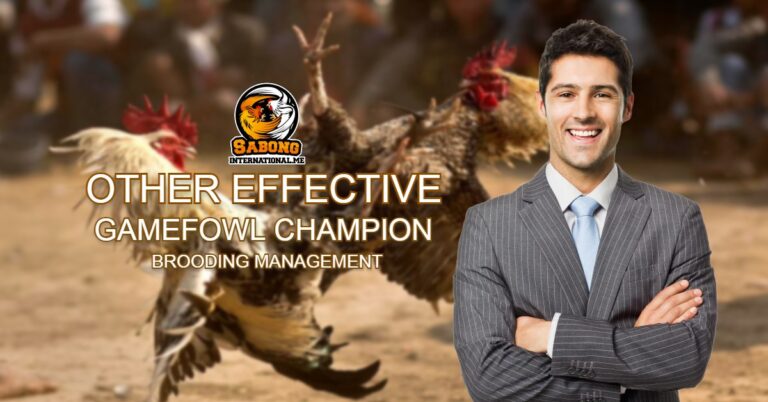International Cockfighters Performing Artificial Insemination
The practice of artificial insemination is the form of assisted reproductive technology that is utilized most frequently in the livestock sector. In recent years, particularly in Western nations and for research and business, its application has seen a rise in popularity.
The most common users of this method are research and breeding facilities for poultry; nevertheless, cockfighters specializing in gamefowl breeding have recently begun to implement it as well. Find more about it by perusing on.

Why Bred Gamefowl with Artificial Insemination?
The practice of using artificial insemination to breed gamecocks is common among cockfighters for a variety of reasons. A practice known as artificial insemination, or AI, is utilized to combat decreased fertility in chickens. It is also a method that enables one male with high genetic merit for a particular characteristic of interest to service numerous females, hence boosting the number of kids that may be produced from a single cock in comparison to natural mating. This is done through the process of artificial insemination.

Additionally, AI makes it possible for individuals who aren’t compatible to mate. Incompatibility occurs when males are more significant than females, which can harm the females under natural mating conditions. This can also lead to infertility in the offspring.
Even if gamecocks have the potential to become crippled, artificial intelligence can nonetheless make use of them as brood cocks. In addition, lifeless or dead gamecocks can also be used for breeding purposes with AI. Because of this strategy, the bloodline can be passed down through the generations despite the death of the brood cock.
Breeding Gamefowl Using Artificial Insemination
To successfully perform artificial insemination on gamecocks, one must have a fundamental understanding of the anatomy and physiology of the reproductive tracts of both the hen and the cock. In addition, to successfully reproduce offspring, one needs to know the techniques for collecting and depositing sperm. Even if the techniques for managing and insemination are straightforward, one needs significant experience and education to succeed.

To collect sperm from a gamecock, one must first coax the gamecock’s copulatory organ into protruding by rubbing the gamecock’s abdomen and back above its testicles. The next step is to push the tail forward with one hand quickly and, at the same time, use the thumb and the fingers of the same hand to apply pressure in the area and “milk” semen from the ducts of the organ. This is done with the other hand.
After that, the sperm can be collected in a receptacle that resembles a cup or a little tube. Before being used, the collected chicken sperm is typically combined with another batch and then diluted with an extender. This is done because chicken sperm loses its capacity to fertilize eggs after being stored for longer than an hour.
To fertilize a Gamecock hen, one only needs to collect the sperm using a syringe and inject it into the hen. The next step is to inject some of the sperm that was organized into the hen’s oviduct. After the gamecock hen senses that anything has touched her vent, she will automatically draw the sperm into the vent as a reflex. Keep an eye out for the hen’s squatting action, which signals that she is receptive.
Conclusion
There are a lot of gamefowl breeders here in Sabong International, and each has a different strategy when breeding fighting roosters. This ensures the lineages are kept alive and the genes are never lost. Artificial insemination is a method that sees widespread application in this field. The procedure of artificial insemination in Gamecocks may appear simple when explained; nonetheless, it is a process that demands a significant amount of comprehension and practice.










